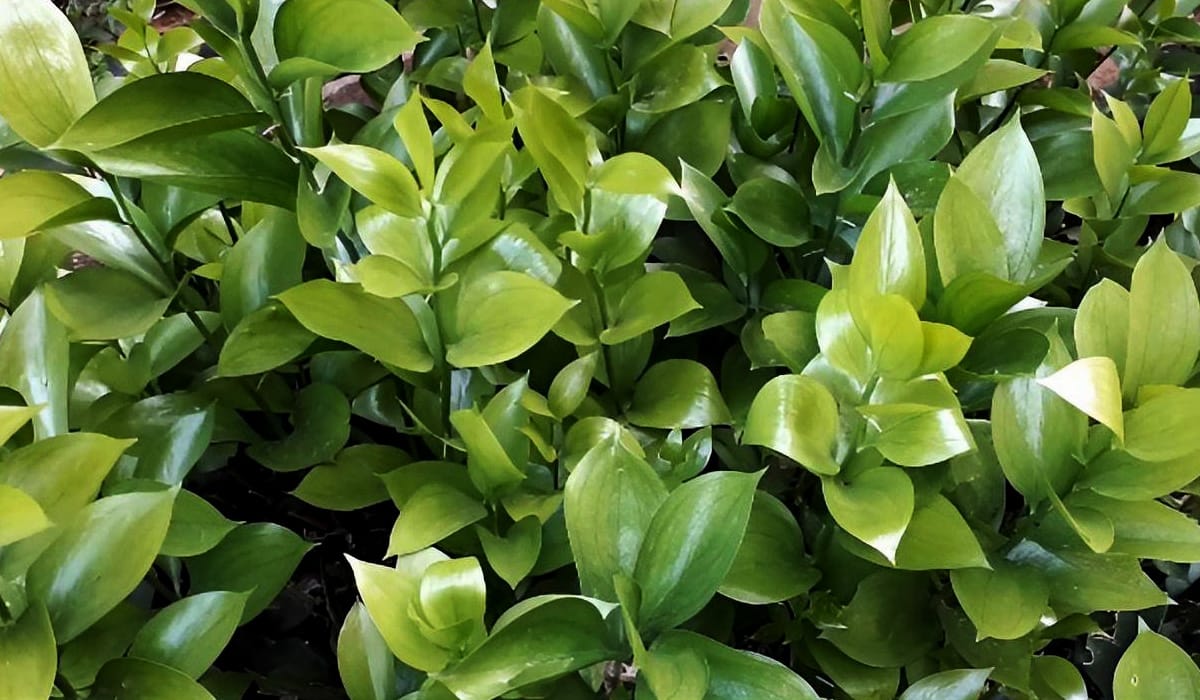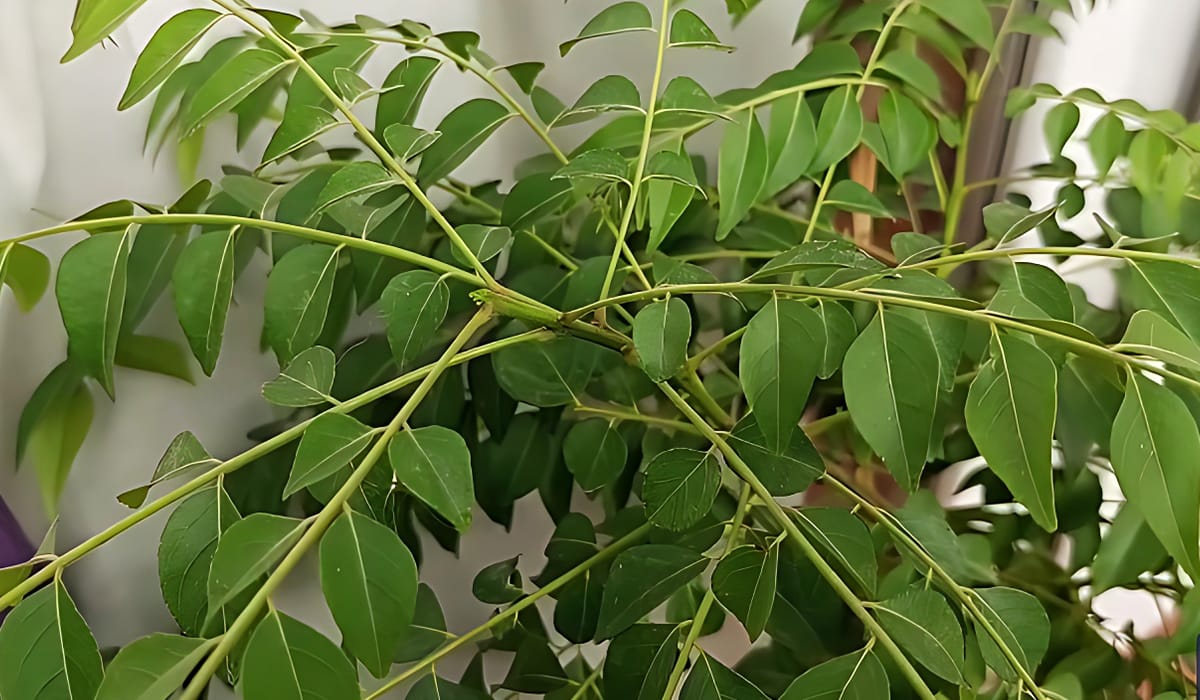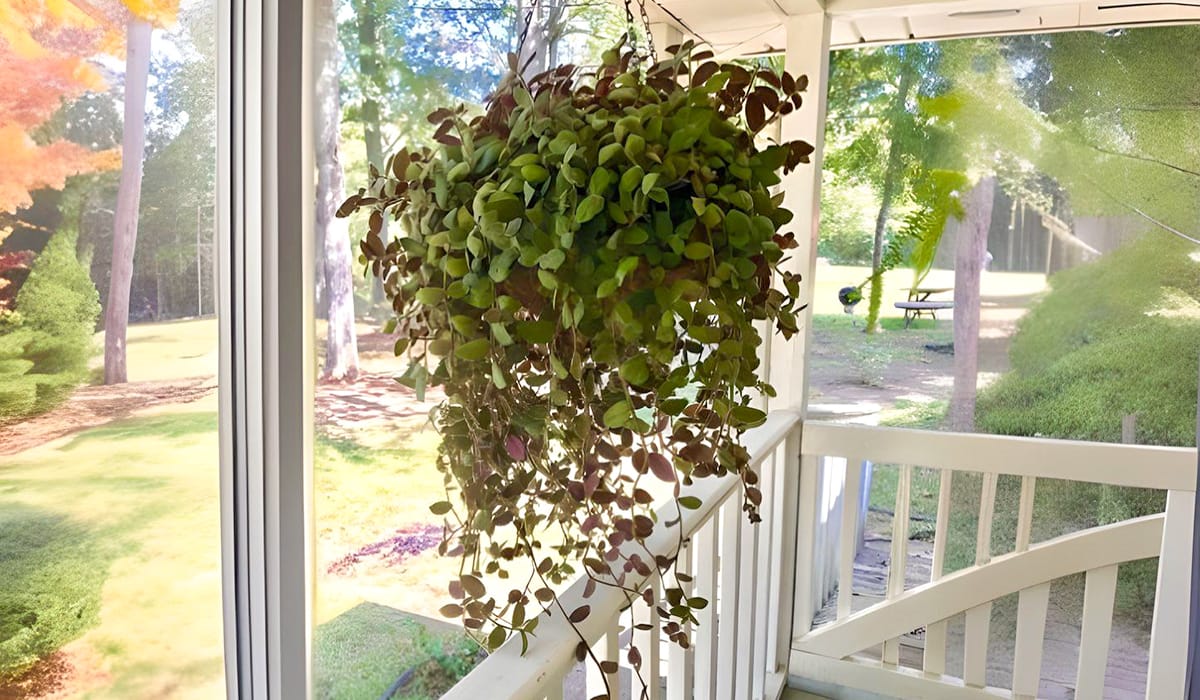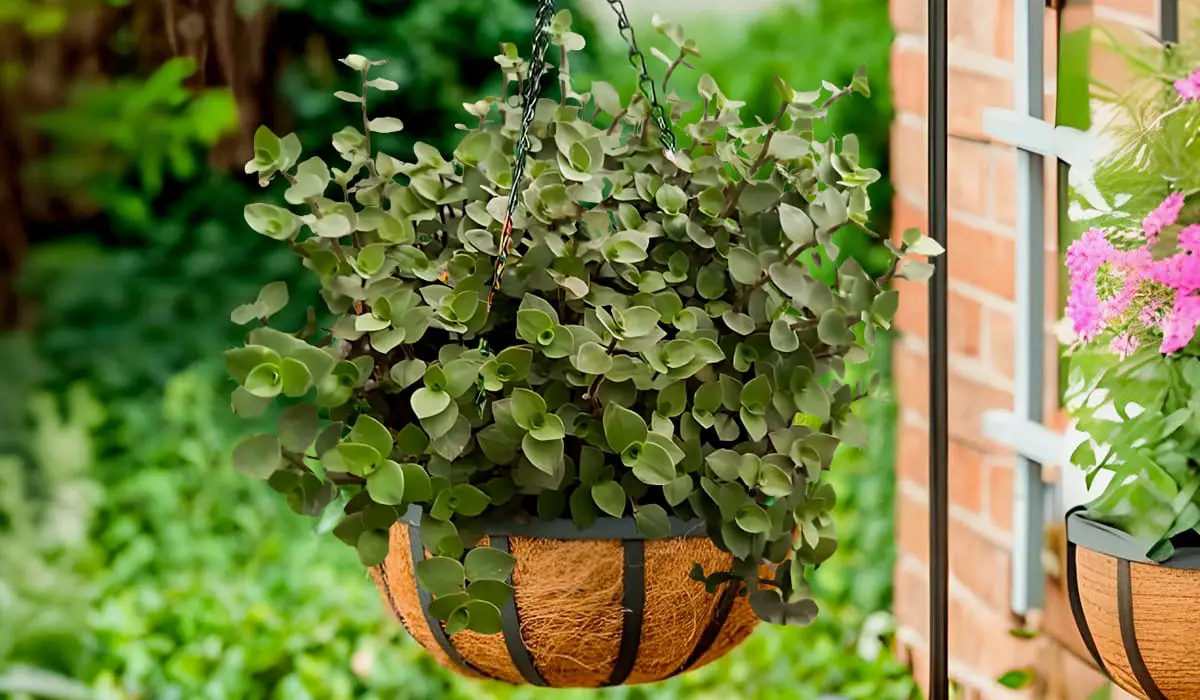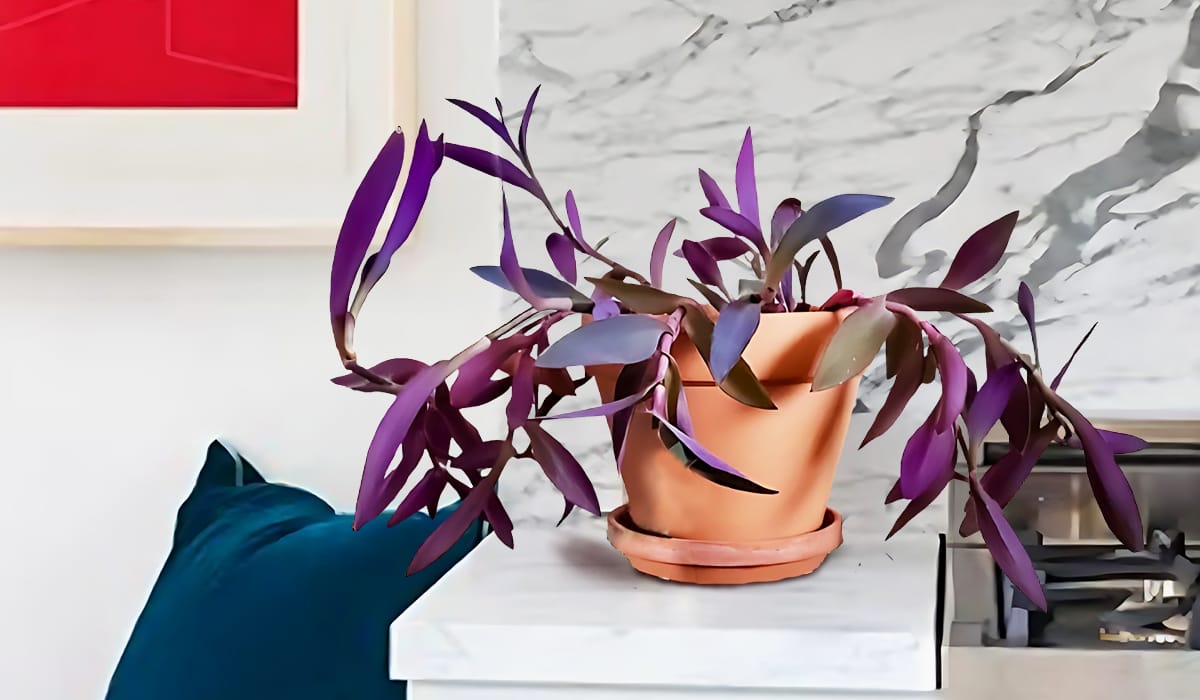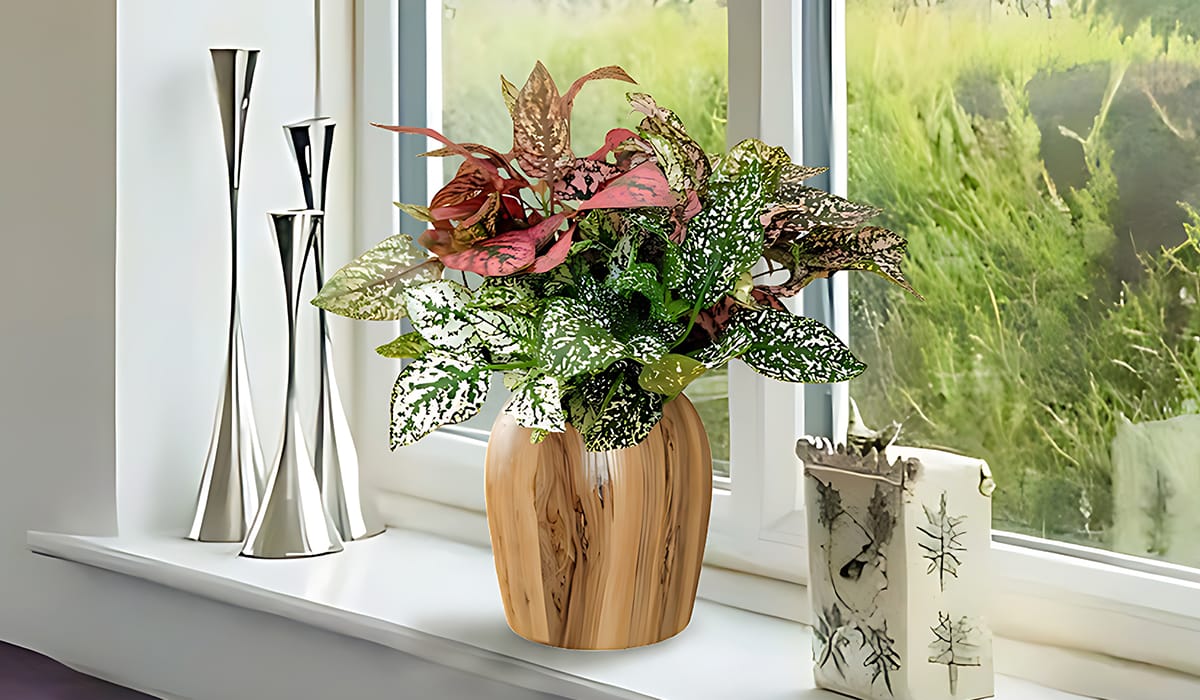Spider plants, scientifically known as Chlorophytum comosum, are popular houseplants that are loved for their air-purifying qualities and elegant arching leaves. However, even the most seasoned indoor gardeners may face the common issue of spider plant brown tips. If you've noticed this problem with your spider plant, don't worry; we'll explore the causes behind it, prevention strategies, and essential care tips to keep your spider plant healthy and vibrant.
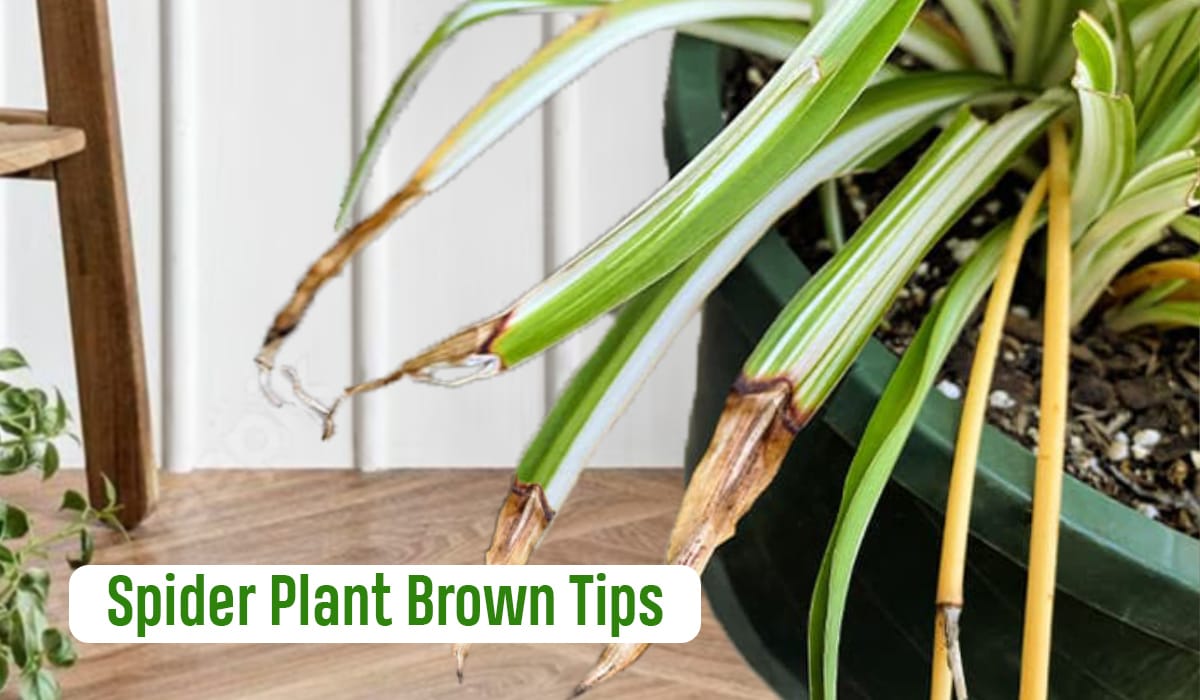
Understanding Spider Plant Brown Tips
Spider plant brown tips are a common issue that can affect the overall aesthetics of your plant. These brown, crispy edges on the leaves are typically caused by environmental stress or improper care. By identifying the root causes, you can take steps to prevent and treat this problem effectively.
Causes of Spider Plant Brown Tips
Overwatering: One of the most common reasons for brown tips on spider plants is overwatering. These plants prefer slightly moist soil but can't tolerate waterlogged conditions. Make sure the pot has proper drainage, and allow the top inch of the soil to dry before watering.
Underwatering: On the flip side, underwatering can also lead to brown tips. Spider plants like consistent moisture, and allowing the soil to become bone-dry may stress the plant.
Low Humidity: Spider plants are native to tropical regions and thrive in high-humidity environments. In dry indoor conditions, the tips of their leaves can turn brown. Increase humidity by misting the plant or placing a tray of water nearby.
Excessive Sunlight: While spider plants enjoy bright, indirect light, direct sunlight can scorch their leaves, leading to brown tips. Ensure they receive filtered or indirect sunlight.
Fertilizer Overload: Over-fertilization can cause salt buildup in the soil, leading to brown tips. Use a balanced, diluted liquid fertilizer and apply it sparingly during the growing season (spring and summer).
Pests and Diseases: Spider plants are generally hardy, but pests like spider mites and diseases like fungal infections can stress the plant, causing brown tips. Inspect your plant regularly and treat any infestations promptly.
Preventing Spider Plant Brown Tips
Now that you know the potential causes, here are some prevention strategies to keep your spider plant looking its best:
Proper Watering: Maintain a regular watering schedule. Water when the top inch of soil feels dry, and ensure the pot has good drainage.
Humidity: Increase humidity around your spider plant by misting it regularly or using a humidity tray.
Lighting: Provide bright, indirect light, but avoid direct sunlight.
Fertilization: Follow a balanced fertilization schedule and avoid over-fertilizing.
Pest Control: Keep an eye out for pests and treat them immediately if detected.
Spider Plant Care
Apart from preventing brown tips, here are some general care tips for your spider plant:
Repotting: Spider plants appreciate being slightly root-bound, so only repot when it becomes extremely crowded. Repot in the spring if needed.
Pruning: Trim brown-tipped leaves to improve the plant's appearance.
Propagation: Spider plants are easy to propagate. You can create new plants by potting up the plantlets that grow on long stems.
Temperature: Maintain a comfortable room temperature between 65°F to 75°F (18°C to 24°C).
Dust and Cleaning: Wipe the leaves occasionally to remove dust and maintain proper photosynthesis.
wrapping up
spider plant brown tips can be a common issue, but with proper care and attention to their environmental needs, you can keep your spider plant thriving and vibrant. Remember that every plant is unique, so adapt these care tips to your specific spider plant's requirements. With a little TLC, your spider plant will continue to be a beautiful and healthy addition to your indoor garden.
For more detailed information on Spider Plant care,
check out our article: Spider Plants – How To Plant, Grow, And Care Easy In House
Consider expanding your indoor plant collection with other easy-to-care-for plants like the ZZ Plant, Snake Plant, Spider Plants, and Chinese Evergreen Plant. Each of these plants offers its unique charm and benefits.
Thanks for reading this article. if you have any questions must comment and contact our team. don't forget to share this article with your friends.
FAQ
Should I cut the brown tips off my spider plant?
How do you fix brown tips on spider plants?
Proper Watering: Ensure you're watering the plant correctly. Let the top inch of the soil dry out before watering. Avoid overwatering, which can lead to root rot and brown tips.
Humidity: Increase humidity around your spider plant. Mist the plant regularly or place a humidity tray nearby to prevent the tips from drying out.
Lighting: Ensure your spider plant receives bright, indirect light. Avoid direct sunlight, which can scorch the leaves.
Fertilization: Use a balanced, diluted liquid fertilizer and apply it sparingly during the growing season. Avoid over-fertilizing, as it can cause salt buildup in the soil.
Pest Control: Inspect your plant for pests like spider mites and diseases. If detected, treat them promptly to reduce stress on the plant.
Trimming: As mentioned earlier, trim the brown tips with clean scissors or pruning shears to improve the plant's appearance.
Remember that it may take some time for your spider plant to recover, as new growth will eventually replace the brown-tipped leaves.
How often should you water a spider plant?
Water thoroughly when the top inch (2.5 cm) of the soil feels dry to the touch.
Water less in the winter when the plant's growth slows down.
Ensure proper drainage in the pot to prevent waterlogging. Empty the saucer beneath the pot if excess water collects there.
Keep in mind that the frequency of watering may vary depending on factors like temperature, humidity, and the size of the pot. Always adjust your watering routine based on the specific needs of your spider plant.

